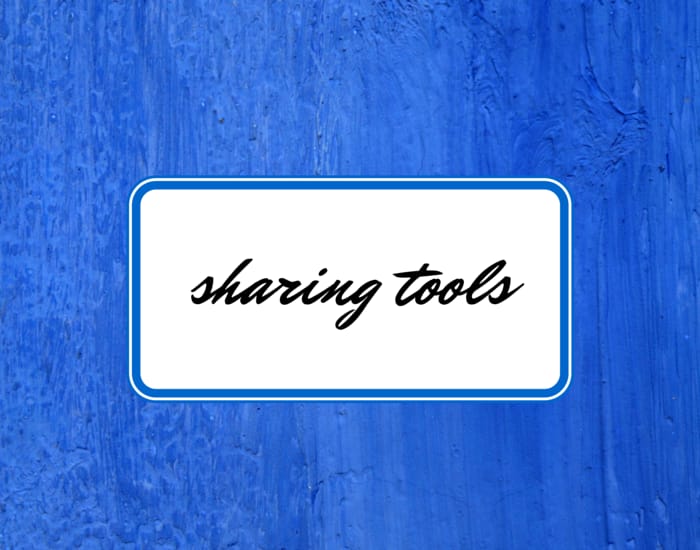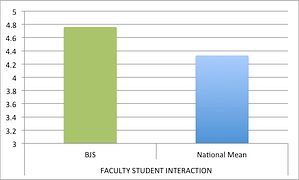I'm not having a very good semester at setting quiz dates in one of my classes.
Almost all my classes have the same hybrid structure: We meet on Mondays and Wednesdays. Students also have online assignments that are due anytime that week before the time our class normally would have met on that Friday. I encourage them to get stuff done by Wednesday night, but there are always some who wait until the last minute and find themselves scrambling.
In 11 years of teaching, it is the first time I've had a Tuesday night class (at least at the undergraduate level). I've been having their quizzes due before our class meets on Tuesdays, except on nights when we have exams. Since the way I have the quizzes set up, the deadline has to have passed for a given quiz, for them to go back in and see how they scored. To review the correct answers and assess why they may have gotten a question wrong, that deadline has to have passed.
So, I've been making the quizzes on those weeks due the Friday prior to the Tuesday night exam. Let's just say that today a student gently called it to my attention that, once again, I had set the quiz due date for a different date than the pattern we have been working off of all semester. I'm pretty sure this may be the third time this has happened, much to my dismay.
The whole experience got me thinking about apologies.
I'm a firm believer that when we mess up, we need to apologize. I've been taught that an apology typically has three components to it:
- The actual words: “I apologize,” or “I'm sorry.”
- The naming of what has occurred: “I didn't set the quiz date on the day we had agreed upon.” (A classic non-apology is a statement such as: “I'm sorry you feel that way.”)
- A commitment to what will happen differently in the future to avoid a reoccurrence, or some statement about how you plan on rectifying the situation: “I have set this week's quiz back a week, because of the confusion, and emailed all the remaining quiz dates for the semester, so we can be sure we're on the same page.”
I followed the pattern stated above with my students regarding their quizzes and got a kind message back from one of my students that put it all into perspective for me. I get it “right” most of the time with them and strive for excellence in all aspects of my teaching (including the online assignments and communication piece). I've earned the right to make some mistakes along the way, without coming across as not respecting their investment in the course, or making them think that it is ok to not do what we say we're going to do.
I do think there are times when apologies aren't a good idea, however.
The most common situation that I can think of where apologies can be a distraction is when technology in the classroom isn't going as planned. In those times, I do everything I can to avoid saying anything to the students about what's going wrong. Is there a way I can proceed with class without the technology?
I try to always have backup plans for those times when the technology will inevitably fail. Apologizing to students just magnifies the problem and can sometimes give them the impression that they didn't get the value out of the class session that they were expecting.
[reminder]Do you find there are times when apologies should be avoided in your teaching? Is there anything else you would advise we do for those times when an apology is warranted?[/reminder]











